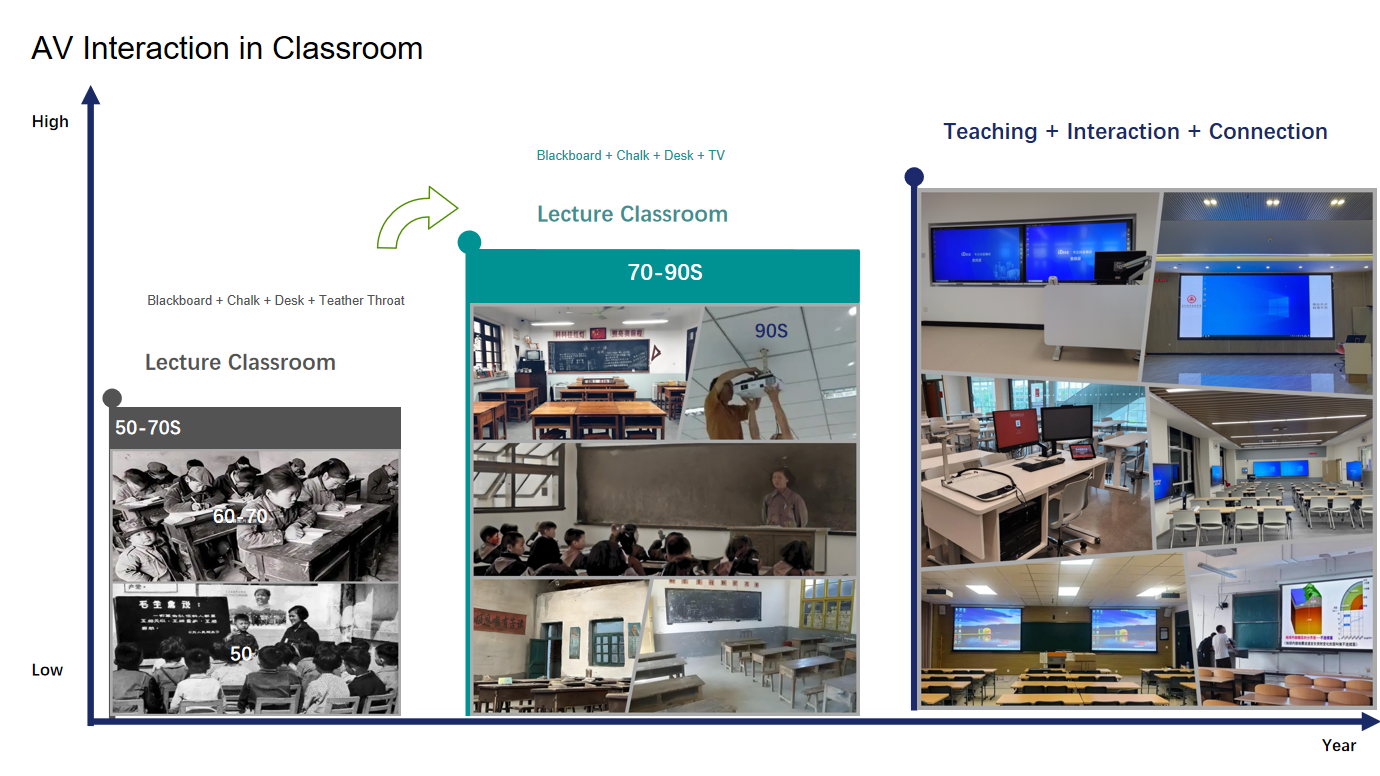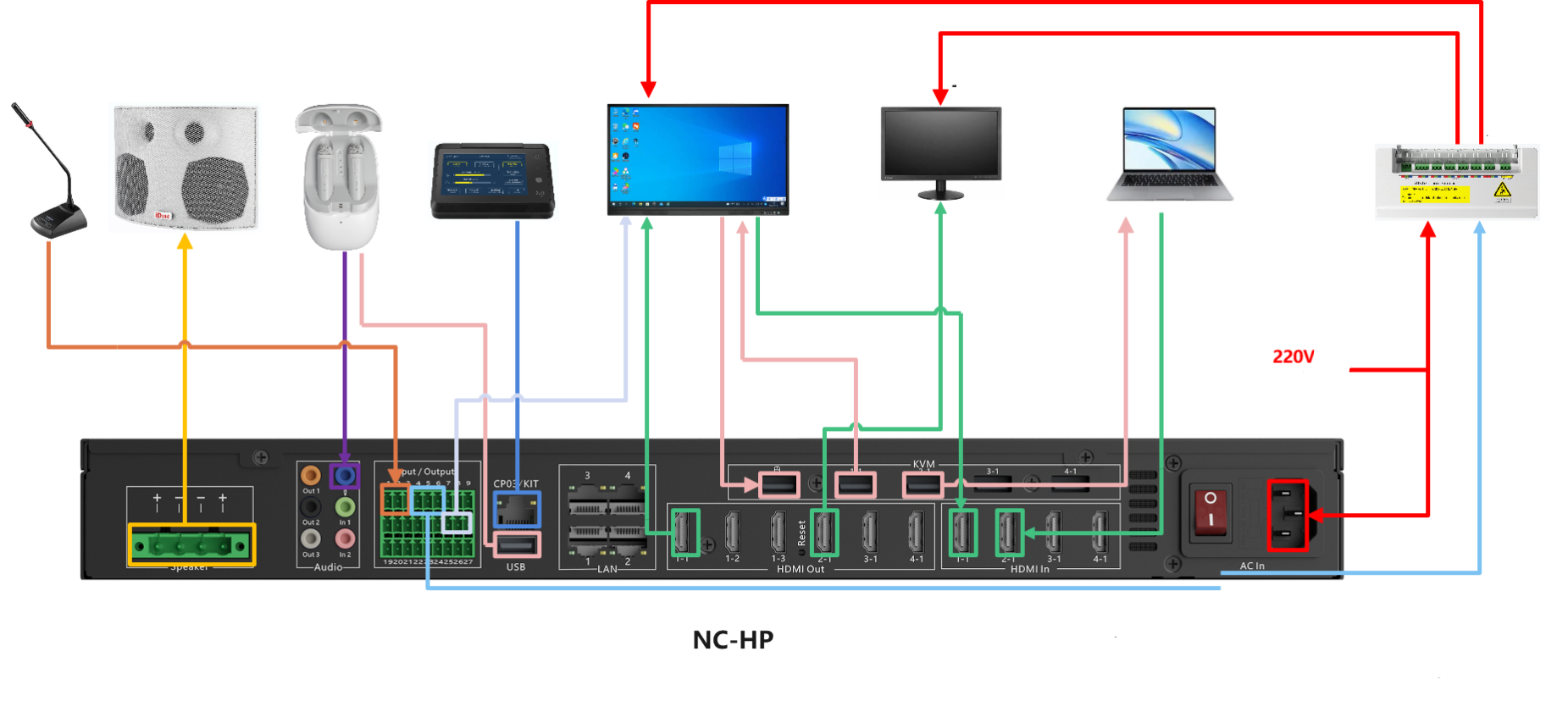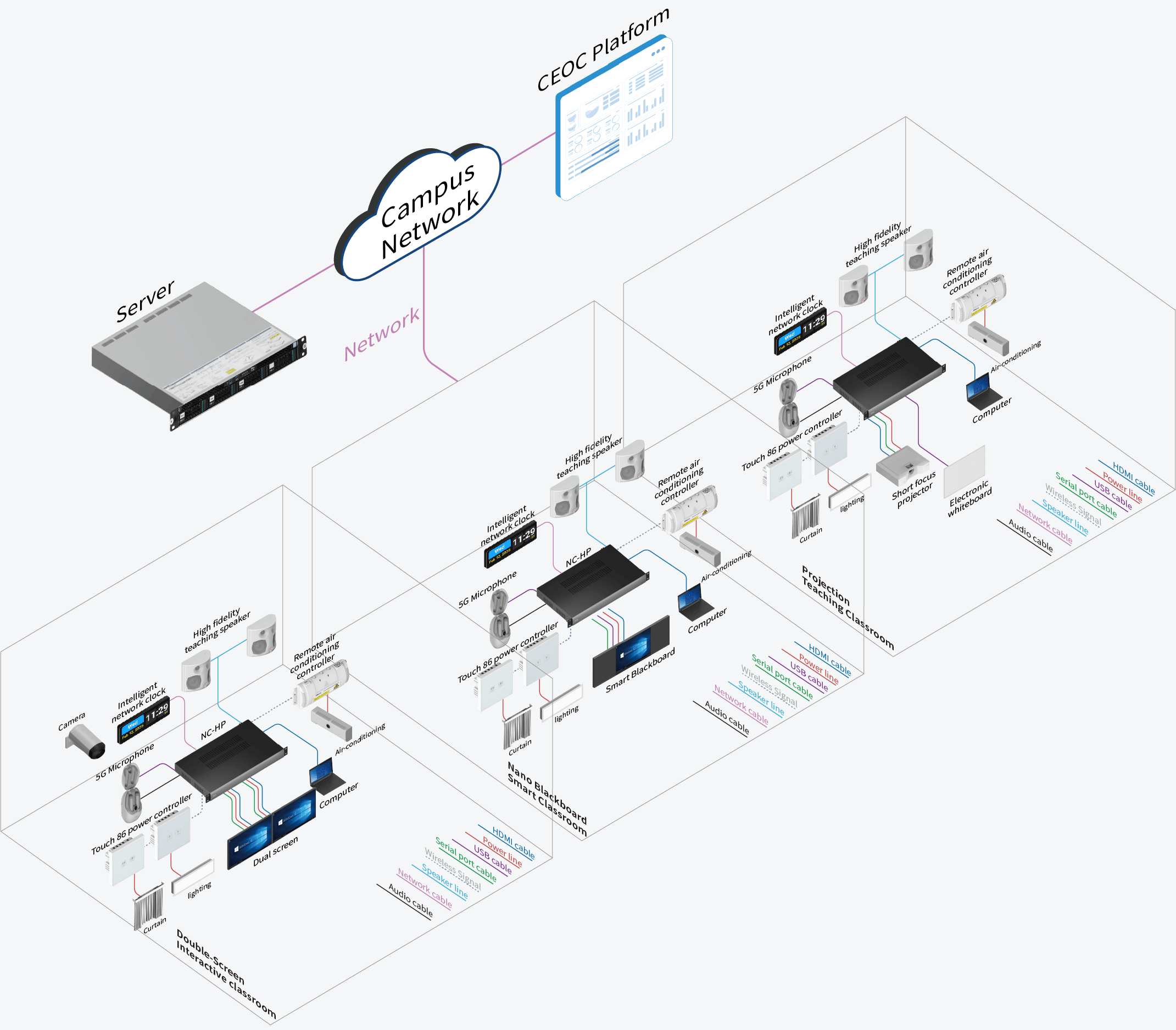
Audio-visual integrator in classroom settings drive a major shift in education in 2025. Students now learn actively, using technology that supports flexible and inclusive lessons. Schools adopt immersive tools, smart whiteboards, and advanced audio systems. The adoption rate of AV technology rises rapidly, supported by strong investments and new digital learning models.
North American classrooms see a surge in AV technology adoption from 2020 to 2025.
Schools invest in smart whiteboards, projectors, and video conferencing tools.
Hybrid learning and cloud-based AV systems support both in-person and remote students.
Rural and urban schools now access cost-effective, inclusive audio visual integrator solutions.
AV integrators use technology to create flexible, interactive classrooms that boost student engagement and participation.
Interactive tools like smart boards and immersive tech help students learn better and remember more.
AV solutions improve accessibility by supporting students with disabilities through clear audio and real-time captions.
Hybrid learning benefits from av integration by connecting in-person and remote students for seamless collaboration.
Teachers receive training and support to confidently use AV tools, making lessons more dynamic and effective.
Many classrooms in 2025 still face gaps in student engagement. Teachers often report several common obstacles:
Limited instructional time reduces opportunities for meaningful learning.
Students interact less with content when lessons follow traditional, teacher-driven formats.
Remediation and enrichment activities remain insufficient, leaving some students behind while others lack challenge.
Critical and creative thinking skills do not develop fully in rigid, whole-group instruction.
Collaboration among students is often inadequate, which lowers motivation and achievement.
Teachers experience behavior management difficulties, especially when students feel disconnected from lessons.
Administrative tasks and curriculum pacing demands limit teachers’ ability to create engaging instruction.
Modern classroom approaches, such as self-paced and project-based learning, help address these gaps. Teachers who use these methods report higher satisfaction, and students feel more capable and engaged.
AV integrator in classroom environments design flexible spaces that adapt to different teaching and learning needs. They use movable furniture, modular seating, and adjustable layouts to support a variety of activities. For example, a kindergarten classroom might have low tables for group work, soft mats for reading, and an open area for class discussions. In high schools, mobile desks and smartboards allow teachers to quickly change the room setup for projects, presentations, or lectures. Quiet corners give students a place for independent study or one-on-one help.
Flexible classroom design encourages collaboration, independent study, and adaptability. Students feel more engaged and productive. Teachers can switch between group work and individual tasks with ease. This approach supports student-centered learning and helps develop critical thinking skills.
AV integrators in classroom settings also merge visual and auditory stimuli. They install advanced audio systems and interactive displays, making sure every student can see and hear clearly. This combination addresses diverse learning needs and creates a more inclusive environment.
AV integrators in classroom settings:
Implement interactive flat panels for tactile learning.
Improve audio quality, reducing teacher voice strain.
Foster collaboration with group workstations and digital signage.
Standardize AV solutions for consistent experiences across the school.

Interactive tools play a key role in transforming classroom learning. AV integrators in classroom settings select and install the right technology for each space. These tools include interactive flat panel displays, projectors, and mobile devices. The following table compares common interactive tools:
Interactive Tool Type | Description | Pros | Cons |
|---|---|---|---|
Existing projector + whiteboard | Uses current projector and whiteboard setup | Cost-effective; minimal installation; familiar screen size | Less interactivity; limited lifespan |
Ultrashort Throw Interactive Projector | UST projector and steel whiteboard; supports wireless, audio, remote learning | Enhances interactivity; familiar delivery; cheaper than IFPs | Lamp lifespan; higher installation cost |
Non-interactive Flat Panel TV | Flat panel TV; interactivity via separate device | Affordable; better image quality | Smaller screen; visibility issues |
Interactive Flat Panel Display (IFP) | Touchscreen IFP; supports wireless, audio, OPS computer | High interactivity; better image quality; wide connectivity | Visibility and glare issues on smaller models |
Interactive Flat Panel on Cart | Mobile touchscreen IFP on cart | Modular setup; easy integration | Occupies floor space; theft risk if unsecured |
Interactive tools increase student participation and knowledge retention. Research shows that students retain about 75% of information when they engage actively, compared to only 5% during passive lectures. Features like live polls, quizzes, and discussion forums turn students into active participants. These tools provide instant feedback, helping teachers and students adjust learning strategies in real time.
Interactive learning platforms:
Use quizzes, polls, and gamified assessments.
Offer multimedia elements such as animations and videos.
Support collaboration through discussion forums and live polls.
Include accessibility features for students with disabilities.
These features accommodate different learning styles and foster deeper understanding. Gamification can boost engagement by up to 60%, and multimedia elements increase time-on-task. Integration with learning management systems allows for personalized learning and continuous improvement.
Collaboration stands at the center of modern classroom design. AV integrators in classroom environments create spaces and systems that make teamwork easy and effective. They install audio systems, interactive displays, and intuitive control panels to support communication and participation. Video conferencing and cloud platforms enable hybrid and flipped classrooms, making learning accessible for all students.
AV integrators in classroom settings use strategies such as turn-taking collaboration, where each student has a specific role. For example, in a flashcard activity, one student draws while another writes. This approach helps even young learners build teamwork and communication skills.
AV integrators in classroom environments:
Address outdated equipment and faculty training gaps.
Implement immersive hybrid learning with interactive displays and AI-powered cameras.
Enable real-time collaboration and seamless remote participation.
Provide lecture capture and on-demand content delivery for flexible learning.
Foster global collaboration with virtual classrooms and AV-equipped huddle spaces.
Offer faculty training and 24/7 support to ensure confident use of AV tools.
Classrooms with integrate AV technology see 30% higher test scores, increased participation, and better retention rates. Teachers report that technology transforms passive learning into active collaboration. A survey found that 96% of teachers believe technology has a positive impact on student engagement.
Participation rates rise after A/V integration, and information retention improves significantly. Pairing visuals with information raises retention from 10% to 65% after three days. a v integration tools such as polls, quizzes, and interactive features make learning more interactive and engaging for everyone.

Artificial intelligence (AI) personalizes learning and streamlines classroom management. AI-powered cameras track speakers and capture lectures, making hybrid and remote learning more effective. Adaptive learning platforms use AI to adjust content based on each student’s progress, supporting self-paced study and timely feedback.
AI-driven tools create custom learning paths for students.
Intelligent cameras enhance video conferencing and lecture capture.
Adaptive platforms keep students engaged and help teachers focus on instruction.
Teachers and students report higher satisfaction with AI tools. These systems reduce routine tasks, allowing teachers to spend more time on personalized instruction. However, schools must address data privacy and ensure equal access to technology.
High-quality audio systems ensure every student hears clearly, whether in-person or online. Modern classrooms use microphones, speakers, and wireless audio to support students with hearing impairments and meet accessibility standards. These systems also reduce teacher voice strain and improve participation.
Audio solutions include:
Voice amplification for teachers
Real-time captioning and sign language support
Wireless audio for hybrid and large classrooms
AV integrators in classroom environments have transformed how students participate and connect with lessons. At Grand Canyon University, teachers observed higher participation, better attention, and more collaboration after installing interactive displays and digital whiteboards. These tools allowed professors to create dynamic lessons and encourage real-time student interaction. Enhanced audio systems made sure every student could hear clearly, which improved inclusivity for those with hearing impairments. High-definition video conferencing also enabled remote students to join discussions and group work, making learning more interactive for everyone.
Choose AV tools that match learning goals and support teaching methods.
Ensure classrooms have clear audio and visuals with quality projectors, whiteboards, and sound systems.
Offer ongoing training and support for teachers.
Use AV technology to bring real-world examples into lessons, such as videos and interactive maps.
Encourage teachers to share successful strategies and work together.
Schools that follow these steps see higher engagement and better learning outcomes. AV technology, when used thoughtfully, creates classrooms where every student can succeed.
AV integrators in classroom settings drive lasting change in education. Schools see higher engagement, better information retention, and improved teamwork. The table below highlights key benefits:
Benefit | Impact |
|---|---|
Multimedia tools boost curiosity and participation. | |
Improved Information Retention | Visual and audio aids help students remember lessons. |
Group projects and discussions build teamwork skills. | |
Better Classroom Audio | Clear sound supports focus and reduces teacher strain. |
Schools that invest in AV technology create inclusive, future-ready classrooms. Now is the time to embrace technology-driven learning for every student’s success.